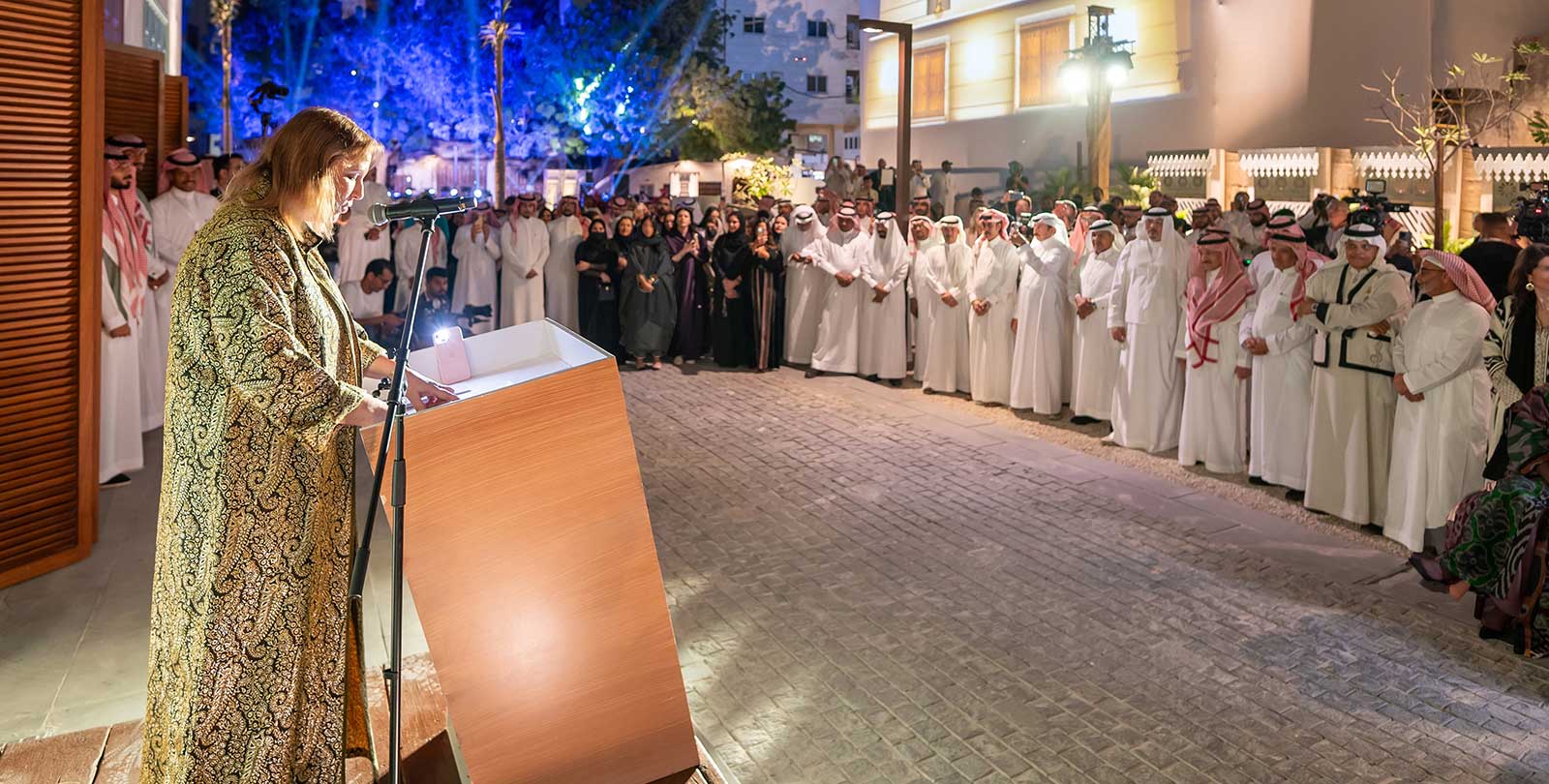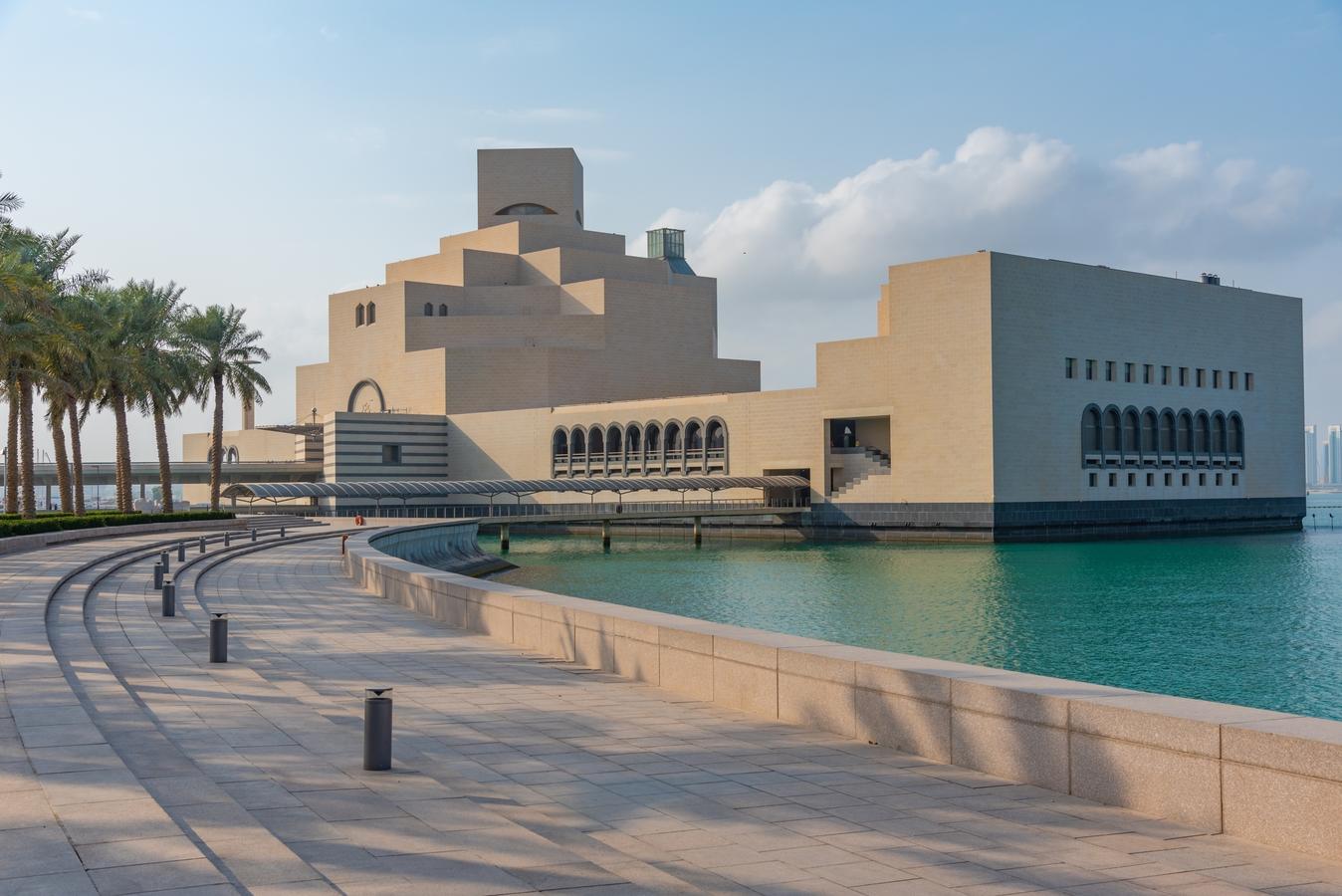Snow in the desert? It sounds like a mirage, but for residents of Saudi Arabia’s Al-Jawf region,, the surreal scene became a reality. The sun-scorched sands briefly turned into a winter wonderland as snow and hail blanketed the landscape. Videos of this rare phenomenon spread rapidly across social media, igniting debates about climate change, nature’s unpredictability, and the broader environmental challenges facing the region.
Snow in Saudi Arabia: A Meteorological Rarity
On a cold November morning in 2024, Saudi Arabia’s Al-Jawf region woke to an unexpected sight—snow covering the desert terrain. According to the National Center for Meteorology, this rare event was caused by a low-pressure system over the Arabian Sea. Moisture-laden air clashed with residual desert warmth, producing thunderstorms, heavy rains, and an unprecedented snowfall.
For a country known for relentless heat and occasional sandstorms, this wintry transformation was as surprising as it was fleeting. Dormant riverbeds came to life, valleys filled with water, and the barren landscape briefly resembled a scene from temperate climates far from the Arabian Peninsula.
Nature’s Unpredictable Shift
This unusual weather is part of a broader trend of extreme climate events in Saudi Arabia, from flash floods to sudden cold snaps. For Al-Jawf—accustomed to summer temperatures soaring above 40°C—snow represents an extraordinary exception, one that raises questions about what the future holds as global climate patterns shift.
Social media platforms were abuzz with reactions. While some marveled at the wintry beauty, others voiced concerns about the growing frequency of extreme weather. One user remarked, “Mother Nature is showing us her changing colors,” encapsulating the blend of awe and anxiety.
A Wake-Up Call for Climate Preparedness
As Saudi Arabia embarks on ambitious projects like the Saudi Green Initiative, rare phenomena like snow in the desert highlight the urgency of tackling climate change. The Kingdom has made strides in renewable energy and environmental sustainability, but adapting to unpredictable weather patterns remains a critical challenge.
Saudi Arabia’s National Center for Meteorology has already warned citizens to prepare for increasingly severe weather, including strong winds, hailstorms, and flash flooding. These advisories reflect a new reality where extreme events—though rare—are becoming harder to ignore.
A Regional Perspective
The impact of climate change is not confined to Saudi Arabia. Across the Gulf Cooperation Council (GCC), countries are grappling with the implications of rising temperatures and shifting weather patterns. From Oman’s cyclones to Kuwait’s record-breaking heatwaves, the region’s environmental challenges are mounting.
Saudi Arabia, as the largest GCC nation, plays a pivotal role in shaping regional responses. Initiatives such as afforestation programs and renewable energy investments signal a growing commitment to environmental stewardship. However, the question remains: can these efforts keep pace with the rapidly changing climate?
A Desert in Transition
The snow-covered desert of Al-Jawf serves as a striking reminder of nature’s unpredictability. For Saudi Arabia, it is more than a fleeting spectacle—it is a call to action. As the Kingdom continues its journey of modernization and sustainability, such anomalies underscore the need for resilience, adaptation, and a renewed focus on protecting the environment.









0 Comments
No comments yet. Be the first to comment!